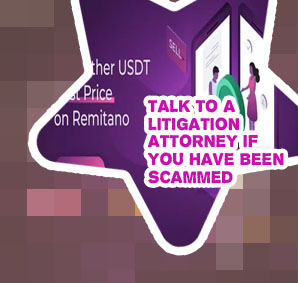
Crypto com scams
11 crypto scams to avoid
Some experts say the potential for CBDCs to cut out commercial banks as intermediaries carries risks, because these banks perform a critical economic role by creating and allocating credit (i.e., making loans). If people chose to bank directly with the Fed, that would require the central bank to either facilitate consumer borrowing, which it might not be equipped to do, or find new ways of injecting credit. For these reasons, some experts say private, regulated digital currencies are preferable to CBDCs. User bitcoin buy claiming to be "'Oh, my puppy or my animal is sick. I’m trying to get a hold of the vet. You seem kind,'" Baldwin said is one example.
Crypto com fraud

How to Avoid Crypto Scams
Once a wallet is linked, the site promises, users can invite other people to receive additional rewards. But to join, users must pay a “blockchain miner’s fee” to receive a “blockchain certificate” for their wallet to be configured as a node. Once registered, however, the user’s wallet contents can be withdrawn by the scammers at any time. The user is encouraged to deposit more and more into the wallet to increase returns, but will eventually find that they can neither withdraw their crypto nor actually cash out any alleged rewards. Build with USDC While education is the cornerstone defense against social engineering- based threats, unfortunately it isn’t foolproof. Throughout these engagements, Proofpoint analysts have been adding malicious crypto sites and their email verification domains to block lists and Proofpoint threat detection rules. Emerging Threats network IDS detections are also being developed to detect the malicious crypto sites.